Maasai Territory

Maasai can be found in Southern Kenya and Northern Tanzania. Their land area encompasses approximately 160,000 km sq. It is mostly arid and semi arid, thus neccesitating a nomadic lifestyle among the Maasai.
Because of the vast expanse of their area, many of Kenya's key towns and other landmarks have Maasai names. Nairobi which is the capital of Kenya, gets its name from a maasai word which means "land of cool water".
The Maasai jumping dance
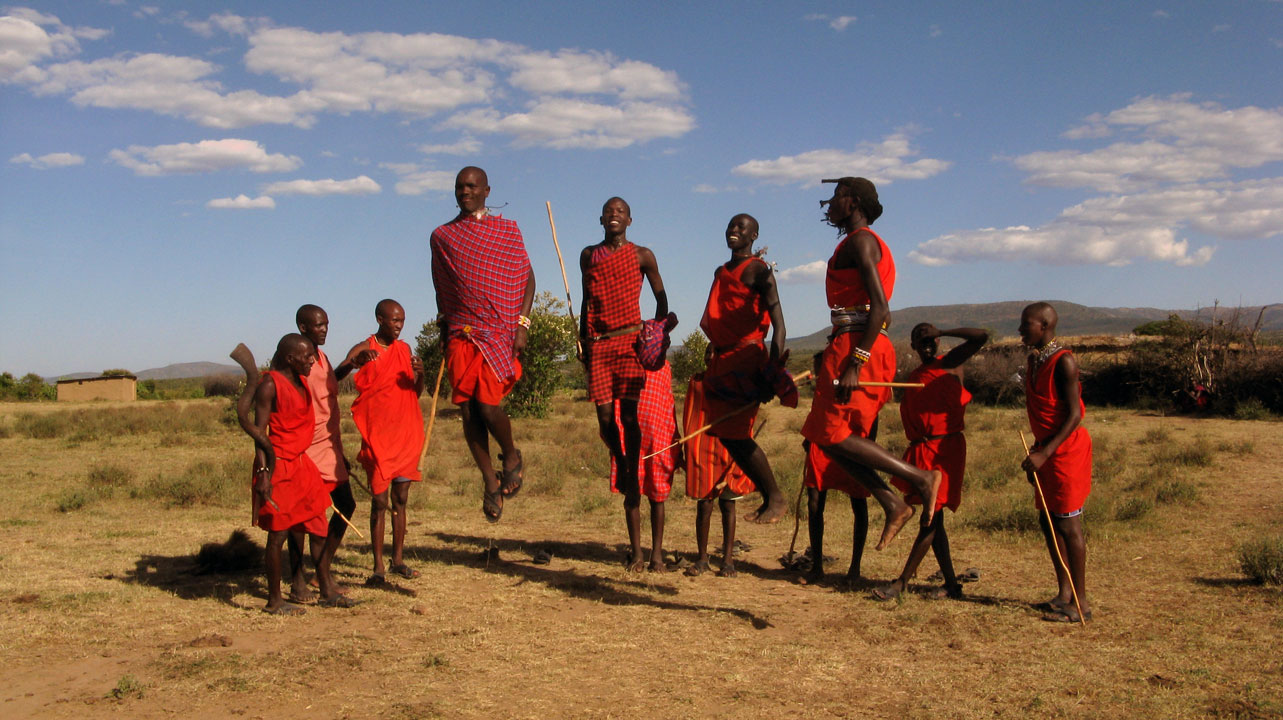
One of the most famous aspects of Maasai culture is the jumping dance known as Adumu or Aigus. The word "Admu" means to jump up and down. The Adumu dance is typically performed during the coming of age ceremony for boys.
Maasai Warriors and Lion Hunting
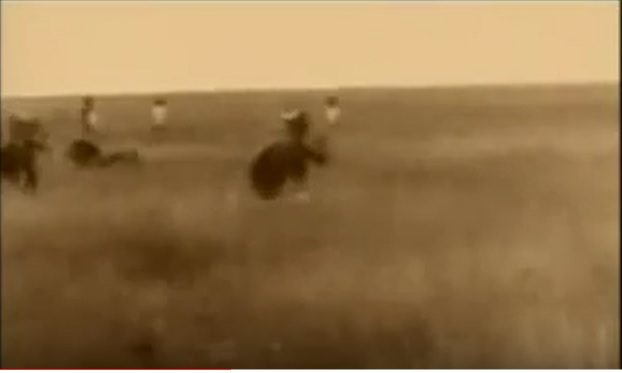
Above all, Maasai men are known for their fearlessness. In the past, the killing of lions was a rite of passage performed by individuals. This has changed due to reduced lion populations. Today most hunts are now partaken by groups of 10 warriors. Group hunting, known in Maasai as olamayio, gives the lion population a chance to grow. However, in Kenya, where this practice is illegal, olamayio may be used as a reason for retaliatory killing against lions suspected of killing livestock.
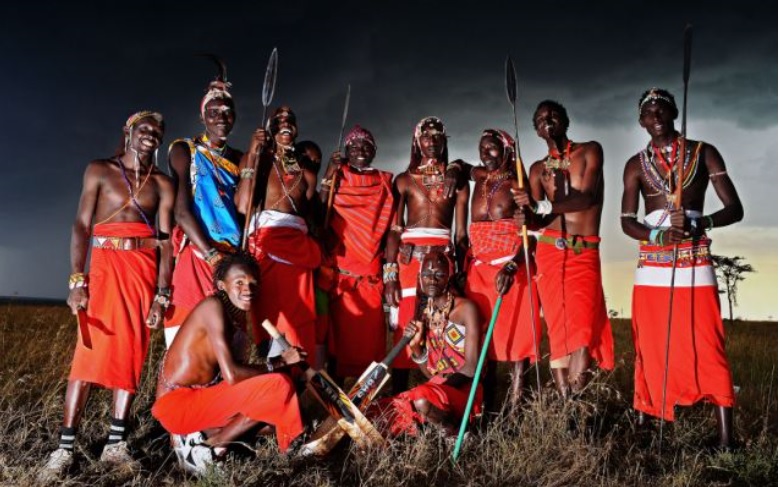
The Maasai are also famous for having kept Arab slave traders at bay during the early 1800s thus preventing the slave traders from extending their activities further into Kenya's heartland. Due to their fearlessness, Maasai men have been typically hired as security guards and security escorts.
Shelter

Maasai live in elliptical shaped houses called Inkajijik, which consist of sticks, mud, cow dung and grass. The Inkajijik’s frame is made of timber poles fixed directly into the ground with smaller branches woven throughout to form a sort of matrix. The houses are simple and makeshift because the Maasai are typically nomadic.

To keep wild animals at bay and prevent them from attacking the Maasai and their animals, the Maasai often construct fences made out of localy available materials
Hair Dressing
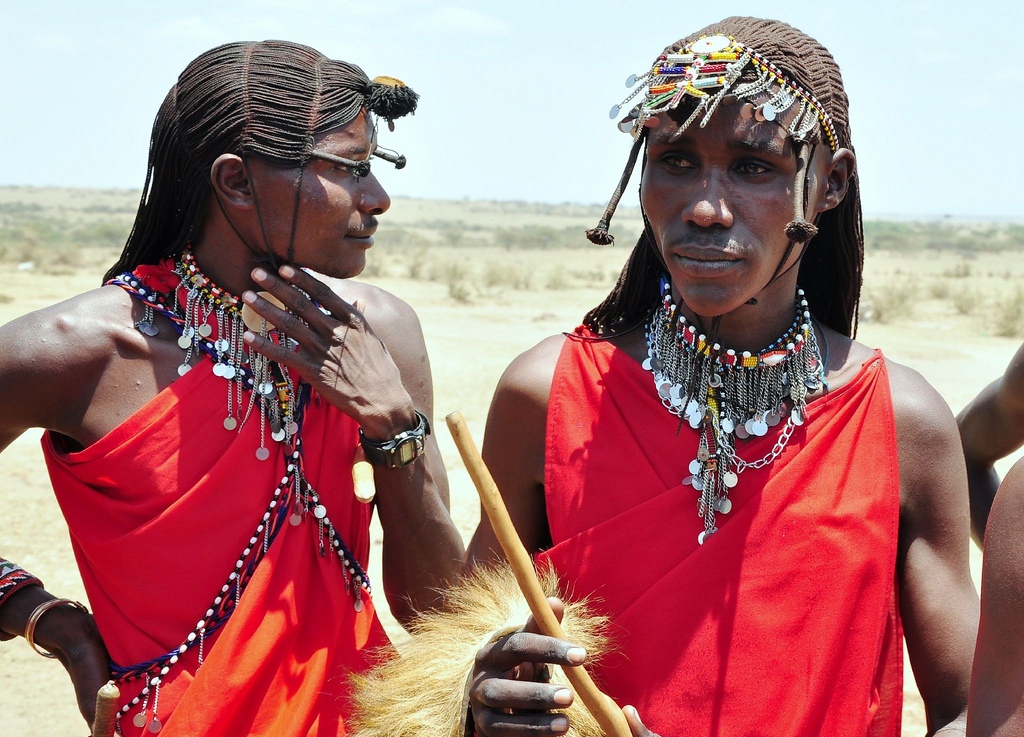
Maasai men often braid their hair into neat rows
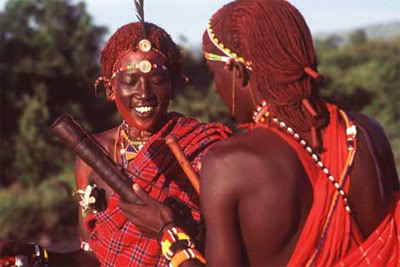
Red Ochre, a pigment that naturally occurs in volcanic areas, is used to paint faces and hair during certain occassions.
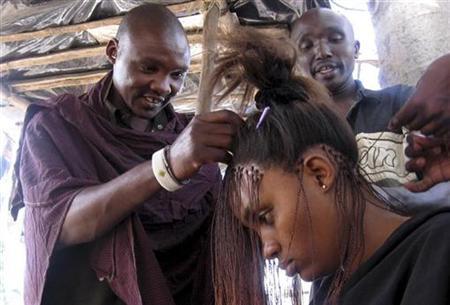
Because of their prowess at braiding, Maasai men are often hired in hair salons to braid women's hair.
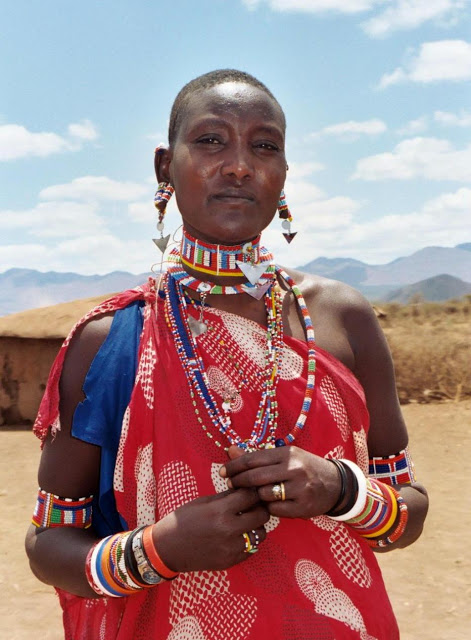
Maasai women are famous for their beadwork and body ornamentation. Complex bead patterns cover discs that hang around their necks. The patterns may be used to determine an age set or hierarchy in the tribe.
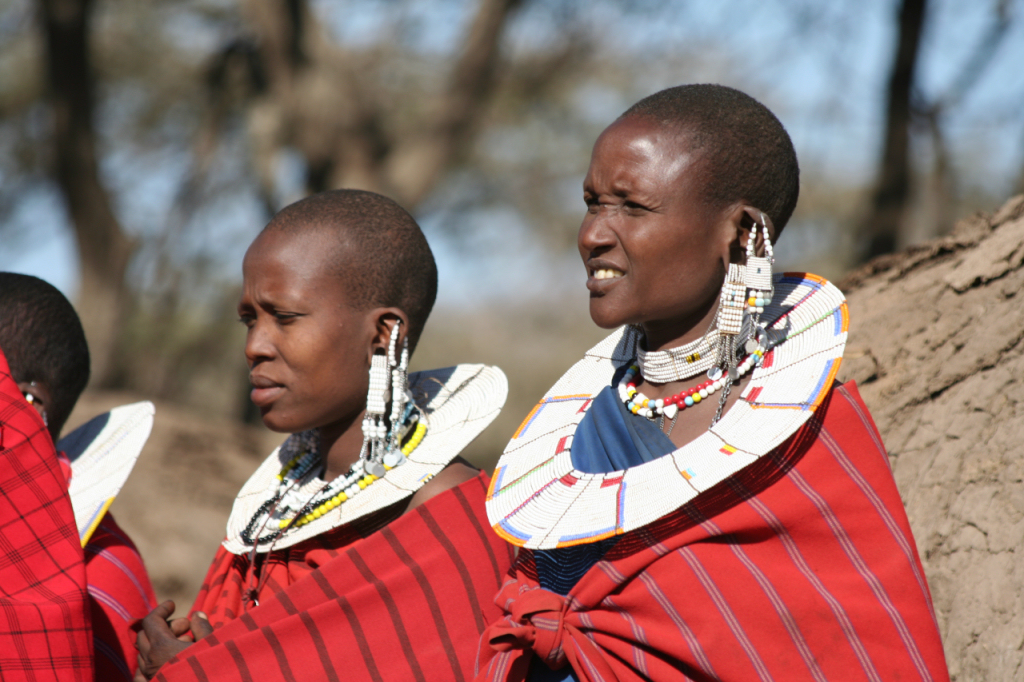
Ear stretching is done for both men and women. Originally, the piercing was done with a sharpened object such as the point of a knife or a thorn. Heavy jewelry was then placed in the hole to increase the size.